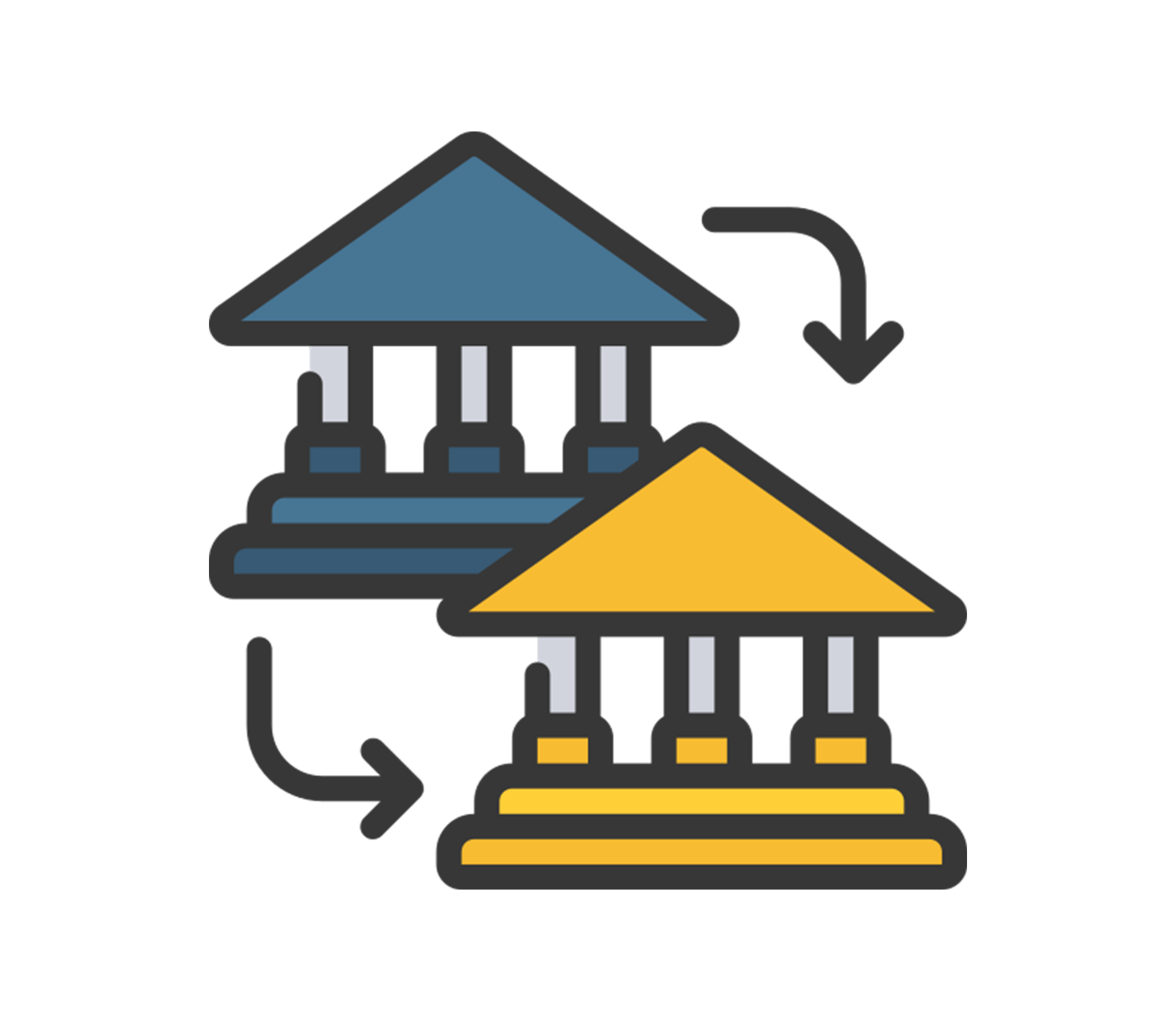The risk mitigation approach is used by businesses to eliminate the risk that may occur in the future and to deal with that risk better. Several strategies can help businesses make a roadmap or backup plan to better deal with ongoing situations and mitigate uncertain risks. As we know, the risk does not occur at a particular interval that a business would know, as this is unexpected and requires a lot of attention. The following methods can be used:





